Safety and the OrigamiUpdated 2 years ago
1. Conditions Check the weather and water conditions before you go boating. Severe weather seriously affects your ability to steer the boat or return to shore. Be aware of and avoid all hazardous water, wave, current, and weather conditions. Plan for the worst!
2. Floatation Always Wear Coast Guard approved Personal Flotation Devices (PFDs). Before going paddling, read the PFD manufacturer’s information and follow their guidelines. Remember that overloading your boat decreases the stability and seaworthiness, and note that this boat is not intended to be used as a lifesaving device.
3. Drugs and Alcohol Never use or consume alcohol, drugs, or any other substance that may affect your coordination, judgment, or ability to make decisions before or during your time on the water.
4. Sound Device The Coast Guard requires boaters to have a means of signaling other boaters of their presence. You should keep a sound device (e.g., whistle) in the boat with you at all times. If possible, attach the sound device to your Personal Flotation Device.
5. Be Easy on Yourself Honestly assess your physical capability as to how far and how long you can paddle and swim. Take it easy on yourself, and when in doubt, be cautious rather than optimistic (maybe the only time we recommend this!).
6. Boat Traction When Wet Never think that you won't get wet in a boat. Every boat can become slippery, so be careful when standing up or getting on or off the boat!
7. Hypothermia Accidents in cold water are hazardous. Hypothermia, the loss of body heat due to immersion in cold water, can be deadly. Survival time can be as short as 15 minutes in 35°F (2°C) water. Dress appropriately for weather conditions, wearing a wet or dry suit if necessary. Never think that you won't get wet in a boat! 3 Safety Guidelines Continued
8. Share your Plans It is best to have someone with you in case of an emergency or accident. We get that you may want the inner peace that comes from having some “alone time”, but at least always tell someone your boating plans, including where you are going, how long you’ll be gone, and how many people you’ll be with.
9. Kids and Pets Never allow minors to use this boat without adult supervision. Do not leave pets unattended. Have and use appropriate safety equipment for all children and pets on the water. 1
0. Location Always familiarize yourself with the body of water where you will be paddling. Learn what hours boating is permitted, any known hazardous conditions, and how you can get help in case of emergency or accident.
11. Drain Plugs, Accessories, and Gear Check that the Paddler's drain plugs are securely in place before launching. You should drain each hull section of any water accumulated due to condensation or seepage before use and again before folding and storing. Check all your accessories for wear and safety. Don't depend on accessories or watercraft that aren't water-ready. Ensure you have basic emergency equipment on board (warning horn, first aid kit, whistle, etc.)
12. Follow the Law Always abide by all Coast Guard regulations and State and local laws, regulations, ordinances, and rules concerning boating and boating safety. Check with the Coast Guard and state and local authorities concerning proper boat handling and the proper equipment to be carried on board, such as lights and sound-producing devices.
For additional Boating Safety Guidelines and Tips, see: https://www.discoverboating.com/ownership/safety
https://www.nsc.org/home-safety/toolsresources/seasonal-safety/summer/boating
Warning: This product may expose you to chemicals known to the State of California to cause cancer and congenital disabilities, or other reproductive harm. For more information see www.P65Warnings.ca.gov.
